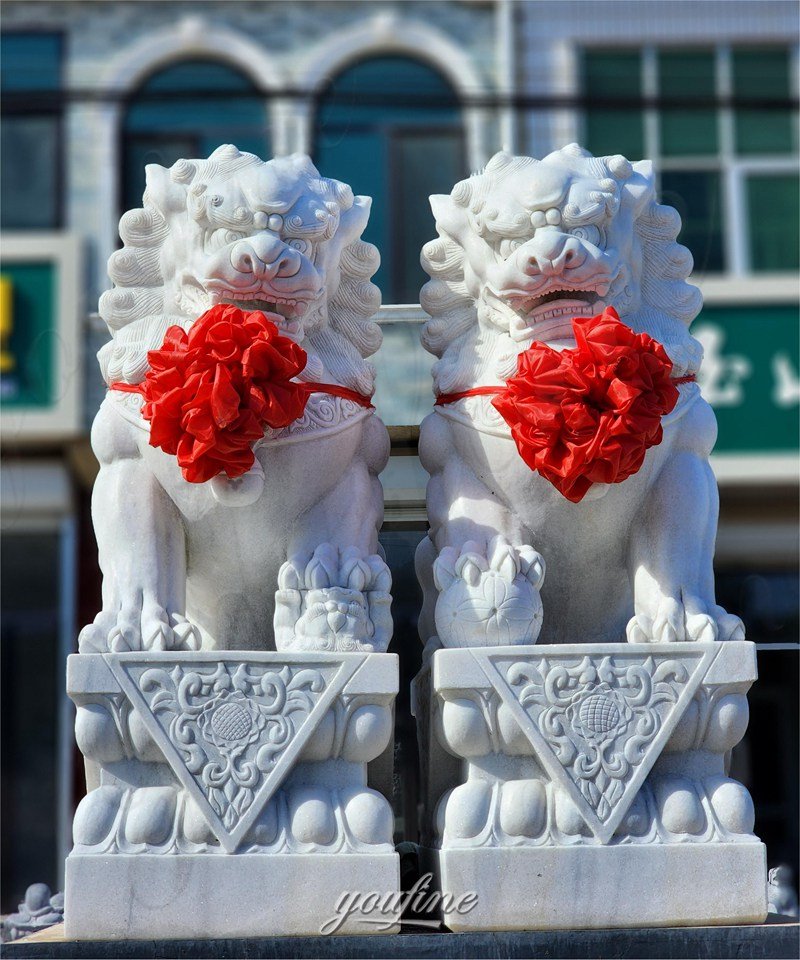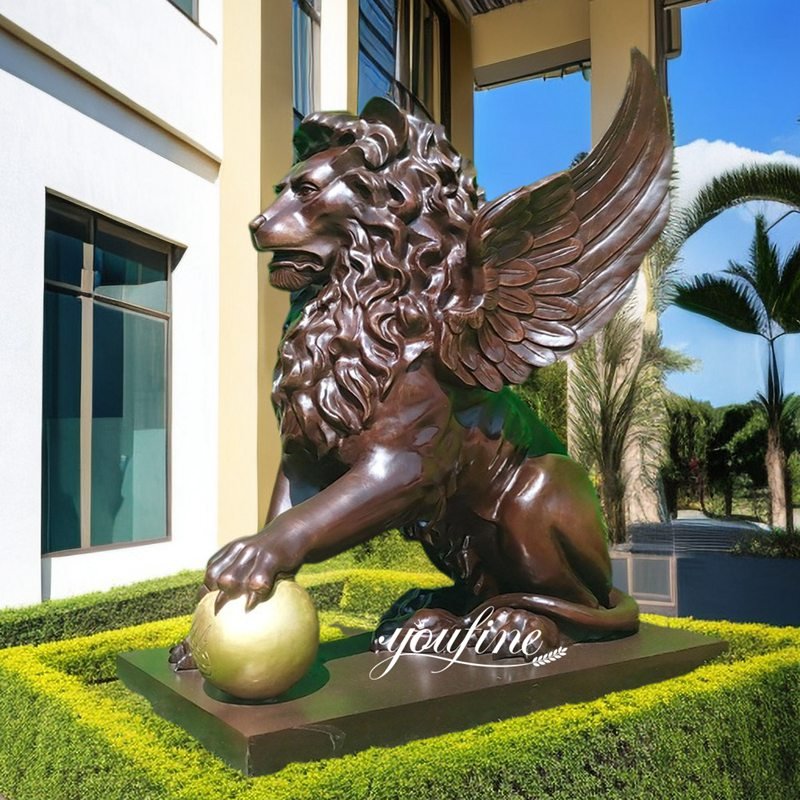The “lost wax” process of bronze-casting artworks dates back to the BC Three BC.
From these ancient times, bronze artworks from China, the Persian Gulf and the Black Sea stood the test of time, telling the story of many long-lost old cultures. Far in the depths of time, an artist elaborately carved a picture of the wax. Then he covered the wax with a mixture of wet clay, mountain wool and cow dung. After drying, he carefully put it into the burning wood oven. The wax melted away, leaving a hollow baked clay shell. Tin and copper have been gathered and heated until the bronze melts. The molten bronze is then poured into the clay shell. After the metal cooled, the sculptor knocked the clay off the metal.
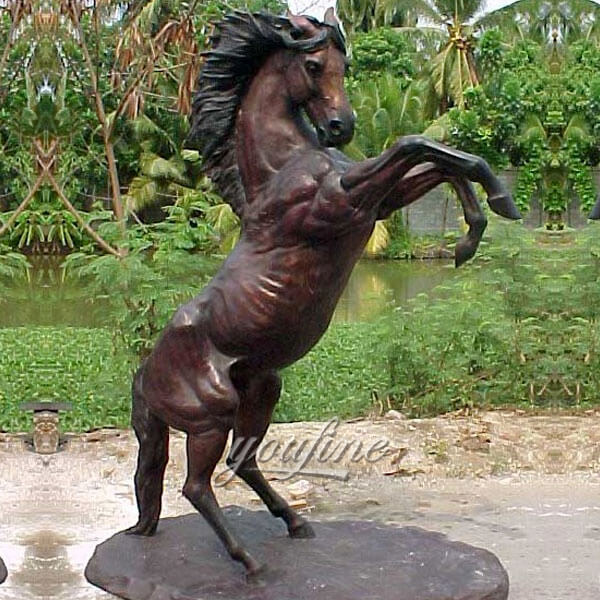
The first bronze sculpture has been cast.Basically, there is little change in addition to some of the process improvements, and the “lost wax” casting process is still being used today. One difference is that many of today’s artworks are carved from materials other than wax (clay, plaster, wood, stone, etc.). Need to make rubber molds to create the wax model of the original sculpture.
The Rubber Mold
The sculpture is safely placed on the base and coated with polyurethane or silicone rubber.Once the rubber is cured, the hard “mother mold” of the reinforced plaster or fiberglass is rubber around the part. This sleeve will put the rubber in place.
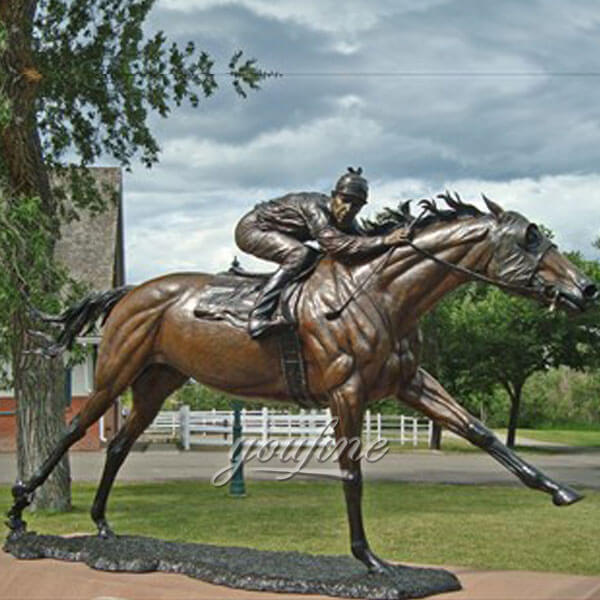
Creating a wax positive
The mold was later opened, and the original sculpture was removed. The empty mold is now reassembled.The wax melts, paints or pours into the empty mold. After a few minutes, it’s like making a chocolate egg, and the extra wax is poured out of the mold. Once cooled, the rubber mold shedding reveals a wax replica of the original sculpture about 6mm (3/16) thick.
Wax Chasing
In the case of a complex sculpture separate moulds may be made of each section of the sculpture. “Wax chasing” is the delicate process of reassembling the sections of wax, removing imperfections and tooling the fine detail into the wax.
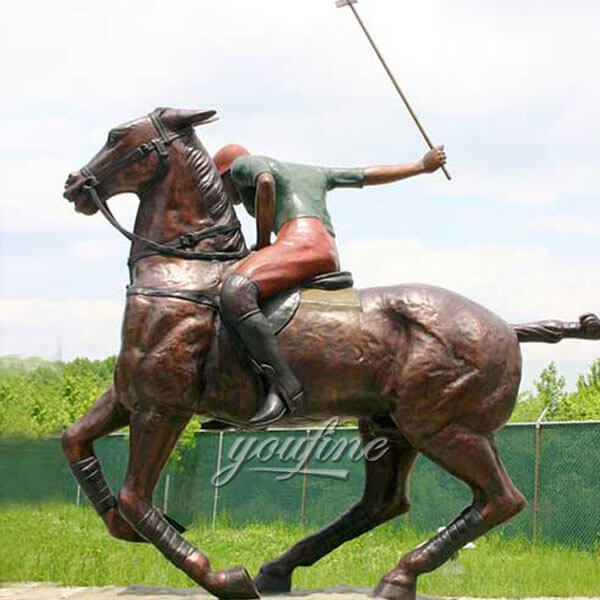
Spruing and Gating
A series of wax tubes (“sprues”) are attached to the finished wax carving. These are connected to the wax “pouring cup”. This is called the “casting system” – these wax tubes will create an exhaust system during the bronze casting process.
Investing
“Investment” is the process of creating an outer casing for the wax just as our ancient sculptor did using a clay mixture in his time. The principals remain the same however; today foundries use more refined materials than clay in a process known as “ceramic shell casting”. A fine mud like slurry is painted onto the wax and the wax is coated in special sand, capturing the fine detail of the sculpture. The process is repeated until an outer shell about 1cm thick covers the wax (known as the ceramic shell).
When absolutely dry, the ceramic housing structure is placed with the cup facing down and becoming a “burning furnace” or furnace. The wax is melted, leaving a hollow shell. Once the wax tube was now forming a hollow vent, what is a wax “casting cup” is now a hollow funnel.
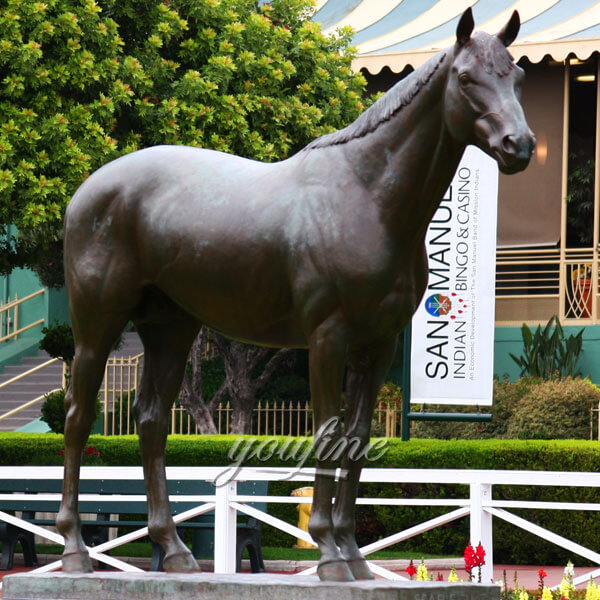
Bronze pour
Bronze is an alloy of 94% copper and 6% tin. A small percentage of silicone to metal known as silicone bronze. The silicone makes the bronze more fluid during casting and is used in high quality castings.A large graphite crucible is filled with bronze ingots and baked in an oven to melt the bronze. The bronze melts at 1200 degrees C (1700 degrees F) and pours at 1400 degrees C.
At the same time that the bronze is being melted, the ceramic shell structures are place into a kiln and fired up to 1000deg C. (1100deg F). This is to get them to a temperature sufficiently hot so as not to shatter when the molten bronze is poured.
The glowing red ceramic shells are removed from the kiln and immediately place into hot sand.With absolute precision, the molten bronze is poured into the hot hollow ceramic shells.
Devesting
“Devesting ” is the process where the ceramic shell is removed revealing the bronze inside.
Once the bronze has cooled, a few hours later, the shell can be removed. This requires strength and skill by using electric hammers and scissors to bring down most of the shell. The sculpture is revealed!
Occasionally, even in the best foundries, delicate shells may break during pouring, and the sculpture may be lost. Then it goes back to creating another wax and starting the process again.For each bronze, there was only one wax–each one meticulously crafted.Remove Bronze gate (“Bronze Gate”). The sculpture is then sprayed with sand to eliminate the fine investment of bronze.
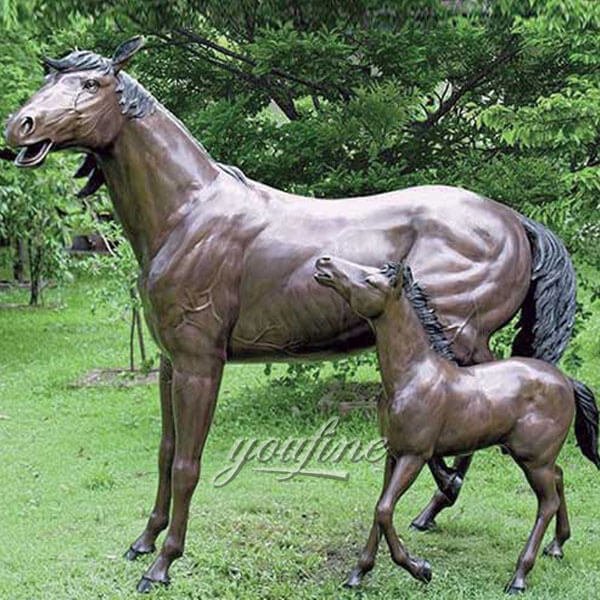
Metal Chasing & Finishing
Special grinders are then used to remove the sprues and rework the surface of the bronze to recreate the fine texture of the original wax (chasing). In the case of larger sculptures, sections of bronze are welded together and the metal is chased back to the original texture of the wax.
In a well finished bronze, it should be almost impossible to see any welding blemishes or areas that have been tooled.
Patina
The final stage is the bronze patch.Patina (bronze coloring) is a natural reaction between bronze and its environment, leading to color changes in bronze.The sculpture is treated with sand blasting or glass bead blasting to remove any residue.
Bronze is an alloy metal, so it will not rust, but over time the bronze and its environment chemical reaction, which will change the color of bronze.If left in a peat swamp, bronze sulfur in the peat will darken the bronze, just as a few months later, the sea will produce green patina. In order to accelerate the process of forming natural patina, the bronze is heated and the various sulphides and nitrates are directly applied to the hot bronze to produce the desired copper green.
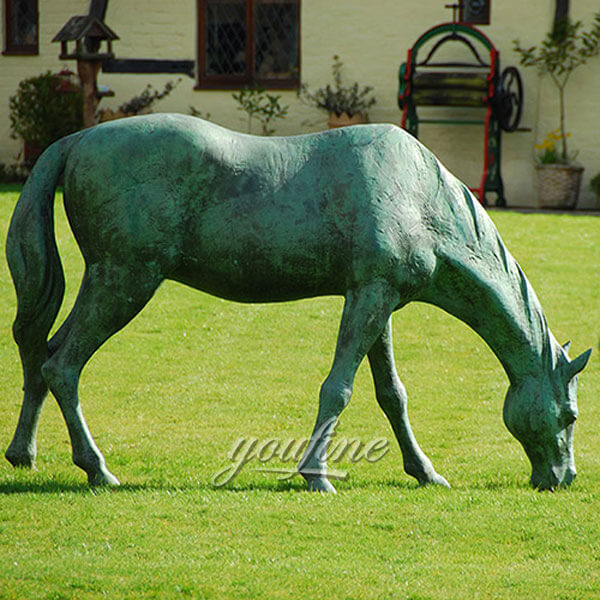
The final step is sealing the patina with a layer of wax. This prevents the air from coming into contact with the bronze and seals in the patina.

